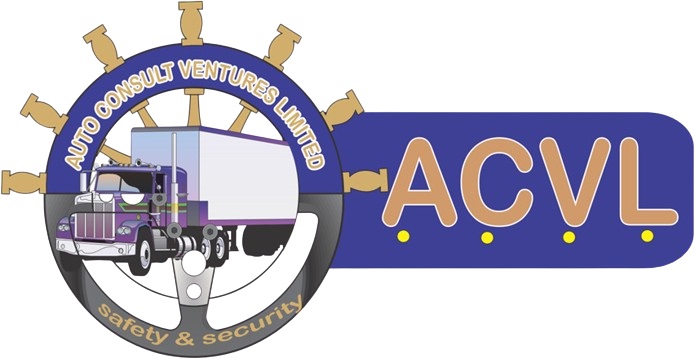Truck and Trailer Identification and Inspection at the Port of Tema
ACVL in collaboration with the Ghana Ports and Harbours Authority (GPHA), project focuses on the comprehensive implementation of a Truck and Trailer Identification and Inspection policy at the Port of Tema. The project aims to improve the efficiency, security of port operations and regulatory compliance of cargo transport within Ghana’s largest and busiest port.
The implementation of the Truck and Trailer Identification and Inspection policy at the Port of Tema marks a significant milestone in improving the overall security, efficiency, and regulatory compliance of Ghana’s port operations. The GPHA, in collaboration with key stakeholders, is committed to maintaining a high standard of service while adapting to the growing demands of international trade and transport.
STEPS IN REGISTRATION FOR PORT LOAD WORTHY AT ACVL
Unlock Your Truck’s Potential for Port Load Worthy Status: A Comprehensive Guide to Seamless Registration at the Port of Tema – Your Ultimate Resource for Effortless Cargo Journeys,
Simplify Your Truck’s Journey by: Follow these easy steps to secure Port Load Worthy registration at the Port of Tema.”
By following these steps, you will be well-prepared to ensure your truck meets the requirements for port load worthiness and have a seamless registration process.
1- Pick Form
2- Fill The Form
3- Submit Form

4-Inspection Is Done
Project Objectives
The Truck and Trailer Identification and Inspection project is designed to:
- Enhance Security: Through the strict identification and inspection of trucks and trailers, we ensure that only authorized vehicles gain access to restricted areas within the port. This step is crucial in curbing unauthorized transportation and enhancing the security of goods.
- Increase Operational Efficiency: By introducing advanced identification systems, the project streamlines operations, reducing waiting times for drivers, expediting clearance processes, and ensuring smoother traffic flow within the port.
- Promote Regulatory Compliance: The project enforces standards for vehicle safety and emissions, ensuring all trucks and trailers meet both local and international regulatory requirements. This contributes to reducing accidents and improving road safety for all stakeholders involved.
Benefits of the Project
Improved Security: The project provides enhanced security protocols, ensuring that only authorized trucks and trailers access the port, minimizing theft and unauthorized entry.
Operational Efficiency: By streamlining the identification and inspection processes, the port can handle more cargo in less time, leading to a significant reduction in congestion and delays.
Compliance with International Standards: This project ensures that all vehicles entering the port comply with both national and international safety and environmental standards.
Key Components of the Project
Digital Identification System: Each truck and trailer entering the port is assigned a unique identification code, which is captured and stored in a centralized database. This system allows for real-time tracking and monitoring of all vehicles operating within the port.
Inspection Protocols: A rigorous inspection process has been established to assess vehicle roadworthiness, load security, and emission standards. The inspections are conducted at designated checkpoints within the port to maintain safety and operational standards.
Training and Capacity Building: The project emphasizes training port security personnel and stakeholders in the latest identification and inspection technologies. This ensures they are well-equipped to handle the evolving demands of port management and compliance.
Partnership and Collaboration: The project is being implemented with support from key stakeholders, including government regulatory bodies, private logistics companies, and international development organizations. Their partnership ensures the project’s long-term success and scalability.
